RLT Interview #1: Ana Karina Zatarain, Writer
On ugly shoes, rabbit holes and Comme Des Garçon
The RLT Interview explores all the things, people, and places that have informed a person's taste and, more importantly, sense of self.
This week, I chat with Mexico City-based writer (and also one of my closest friends) Ana Karina Zatarain, who’s been published in The New Yorker, The Paris Review, and GQ, and is currently working on her first book, TO AND FROM.
Get to know Karina as she muses about ugly shoes, rabbit holes and the thrill of wanting something.
On Taste
I was one of those kids who was really good at drawing, which got me interested in art. I had one art teacher in elementary school who was like, “you should be an artist, you should be a painter,” and so she started teaching me about Dalí, van Gogh, Frida Kahlo… all these characters with really interesting lives. I didn’t want to be a writer until I was older, but I think since then I was drawn more to their stories than their art. I was and still am drawn to anything eccentric or contrarian. I had my little punk phase when I was in middle school and even shaved half my head. Then, when I was about 15 or 16, I started getting into fashion through Tumblr, blogs, and online forums. My family moved from the US to Mexico when I was 12, so I always felt a little out of place, and I loved the escapism of online communities. When I started learning about fashion, I immediately gravitated to Japanese and Belgian designers, and the avant-garde. At that time, I couldn’t afford any of it, but I started thrifting a lot and taking the stuff to a tailor or seamstress because they’re inexpensive in Mexico. So even though I was a kid, I could buy something and then take it to get altered. I would bring references like Ann Demuelemeester and say, “like this!”
I wore a uniform in high school, so when I went to architecture school for college, I was so excited to get dressed every day. I would dress pretty weird, and I knew other students would laugh at me but I didn’t like what they wore, either, so I didn’t mind. But then I started to realize that my professors weren’t taking me seriously; they would make comments about how I clearly cared more about clothes than whatever we were doing. Fashion was considered a disreputable interest in that context, which was also very misogynistic, and that’s when I got disheartened about it. So I started dressing in all black, very streamlined, nothing eccentric, nothing weird. It was out of this insecurity that they implanted in me that there was one way to appear smart. It wasn’t until 2018, when I went to New York for the first time for an extended period, that I was in a place where people are very expressive and experimental with their style. So that’s when I started having fun dressing and discovering things again, though by then my taste had evolved past what I was into at 18.
I've always been drawn to the uncanny. That has to do with my hometown, Culiacán, Sinaloa. It’s a cartel town, and it’s very bizarre, full of all sorts of larger-than-life characters and oddballs. I feel like my taste now is a kind of an amalgam of some very simple, streamlined things that are indicative of my architecture background, but I always like to add something a little off. I wrote this recently for an architecture magazine, about those MSCHF boots:
A true ugly shoe must always operate from a place of subtlety. It must deviate from the norm in such a way that it appears off-kilter, uncanny, of a perversion so slight as to almost be menacing precisely because they could be normal but aren’t. This boot is not that. This boot is an insult to the creepy insouciance and sublime self-possession of a true ugly shoe. It’s trying to be ugly and, more gravely, it’s trying to be viral.
Being obsessive is absolutely part of my taste. When I was 15, I saw a Mark Rothko for the first time [in real life], and to this day, if I'm in a museum and there's a Rothko painting, I'll stand there for at least 30 minutes. Same with the books I read. I'm rereading Anna Karenina now for the fourth time, and finding so many new things in it that I didn't see before — loving characters I used to hate, hating characters I used to love. I hang on to my obsessions. Because the way I understood Rothko when I was 15 or when I was 22 or even when I was 28, is different from how I see it now. And the same with this novel, and the same with Yohji Yamamoto or Comme Des Garçons, my appreciation for the things I love is always changing. But what's steadfast is my interest; I'm always able to come back to it from a different angle, and I think that's really worthwhile.
On Discovery
One of the things I do when I'm reading a book by a non-fiction author I love, and they're quoting different authors, is buy all of those books. That's a cool way to discover things. And with fiction, I'll read one book by an author, and if I like it, I'll search out their entire collection and buy it and read it from the first to the last book. That was Toni Morrison for me. I read Sula in college, and I loved it so much that I needed to read everything by her in order. Same with Annie Dillard, and Philip Roth, and Martin Amis. Most recently, with Mary Gaitskill. It's a look behind the scenes of their process — you can see how they grew as a writer if you read their work from the start. People will be like, “Oh, I love this one book by this author.” And then never read anything else by that author. And I can't understand that.
I go to museums a lot. One of my biggest obsessions is this artist who died in the seventies, Ree Morton. I discovered her work because she had a big retrospective at the [Museo Nacional Centro de Arte] Reina Sofía in 2015, and I spent probably three or four hours in just that hall because everything there was so fascinating. Recently, I was interviewing my friends for the introduction to their book, which I’m writing. They're design curators and really incredible collectors; huge nerds, which makes every conversation with them so fun. And they were telling me they hate going to a museum with people who want to just walk quickly through it because they find it disrespectful. I loved that they used that word, “disrespectful.” They said even when they're in a museum and don't like the work being displayed, they will engage with it, maybe even just to dislike it further. I like the idea of being someone who engages very deeply with what’s in front of me. I don’t want to be blasé.
I often go to bookstores, and I’m a “judge a book by its cover” kind of girl. For instance, I'd never read [Marguerite] Duras. I recently saw her book, Writing, at a bookstore, and I bought it just because the cover was so pretty. Maybe everyone feels like this, but whenever I’m thinking about something, it starts to appear in my life. When I found that book, I was writing an essay about solitude, and I just saw it at this bookstore that I randomly walked into. And when I was reading it, I was like, “Oh my God, this is everything I'm trying to figure out.”
Also, my conversations with friends. I have really amazing friends; again, probably everyone feels like this, but I think I particularly have some of the most talented, creative, hardworking, obsessive girlfriends. Every time I go out to dinner with them or just hang out with them, they'll tell me about the things they've been obsessed with lately. I trust their taste.
On Pleasure
I love the concept of sobremesa here in Mexico. It's a Spanish tradition that refers to the time spent around a table after a meal. Just talking, smoking, getting drunk, getting loud, and really getting to know the people you're having dinner with. I love New York so much, but that's something missing from New York. The culture in New York is like, “Okay, babe, it was so great to see you for 60 minutes. Bye”, or even if you're going to stay with that person all night, it's always onto the next thing. I've had nights in New York where I go to five different places with the same person because first, we grab a drink, then we get dinner, then we go to a gallery, then we go to wherever everyone went after that gallery. But it's never the leisure of just plopping down in one place.
Leisure, eliminating external stimuli, and being present with a person or a group of people is one of the most significant sources of pleasure for me. If I can talk with someone for three or four hours without moving from our spot, that's one of the most pleasurable experiences. And I also find pleasure in the idea of ceremony and ritual; taking something quotidian and adding a profound meaning to it. That’s one of the things I love about going to Shabbat dinner at my friend Sofia’s house, how rich it is with tradition and symbolism. I find that in literature, too, some authors have the ability to convince you that something ordinary is actually sacred, as if the thing is just an excuse to think deeply about something else. I guess I find overthinking to be a source of pleasure.
Getting dressed is the same. I don’t do it every day because I’m finishing my manuscript now, so most days I’ll just stay in sweats because I wake up and start writing, and that’s all I do. But when I do leave my house, I try to be intentional with what I wear. I think an interesting outfit gives pleasure to the wearer as much as the observers, or at least I always appreciate when someone walks by and I’m like, “huh, unexpected!” It's like what I was saying about obsessions — I don't let go. If I really loved Comme de Garcons in 2011, 2012, and 2013, I'll be looking up those collections online constantly. There's a lot of pleasure in that; sometimes, it's not even about owning it. It's just wanting it. This happened with a Comme Des Garcons Spring/Summer 2011 jacket. I looked at it on 1stDibs for months until I bought it, and then when I did, I had it shipped to you in New York, and you had it still for another month, but I truly enjoyed just looking forward to having it. Then when it got here, I had a dinner party just so I could wear it. I called a bunch of friends and was like, “my jacket is here.”
On Desire
A lot of people say that material goods and consumerism are these dark, bad things that are the opposite of soulful or profound. I don't agree with that at all. I think beautiful objects enrich my life; wanting them is often better than having them, or just as good as having them. I wouldn't say better. I want to have them, but the process of waiting for them, thinking about them, and coveting them is a very deep source of pleasure. It's the pleasure of conjuring, imagining your life with this object or in relation to it.
I love being extreme about things, like "I'll die without this." There are a bunch of things I want, like those Celine Pirate heels that I'm always going to hate myself for not buying in 2018, but I know I'll find them someday. Even just knowing that I'll find them someday and the search for them is so fun to me. I love living with always wanting something.
There's a phrase that my dad always says: “Siempre es bueno tener una ilusión,” which means it’s good to always have something to hope for, or something you’re after. He would say that to shut me up when I was little and asking for something he wasn’t going to buy me, and it’s funny that I had never thought about this, but there’s a lot of wisdom there. It’s good to always have something to desire; if you can immediately satisfy your appetite for something, you don’t enjoy it very much. I’m always thinking about this quote from Marilynne Robinson’s novel, Housekeeping:
“To crave and to have are as like as a thing and its shadow. For when does a berry break upon the tongue as sweetly as when one longs to taste it, and when is the taste refracted into so many hues and savors of ripeness and earth, and when do our senses know anything so utterly as when we lack it?”
I have these Prada heels from Spring Summer 1999 that I searched for forever, and whenever I would find them online, they weren’t in my size, or someone had just bought them. And when I finally got them, it was this big thing. Now whenever I see them in my closet, I perk up. I know if I had gotten them 10 years ago immediately after I decided I wanted them, I wouldn’t think so highly of them. So, yeah, cultivating an appetite for things is important to me, and pleasurable in itself.
What's the last thing you did for pleasure?
A six-hour meal at Contramar with my friend Richie.
What's the last thing you bought?
The latest issue of The Paris Review.
What's the last thing you discovered?
Janet Malcolm’s two-part 1986 profile of Ingrid Sischy for The New Yorker. I can’t stop thinking about it.
What's the last thing you read?
Anna Karenina by Leo Tolstoy, which I'd read several times before, but never the Constance Garnett translation. It's as superior as everyone says.
What’s the last thing you watched or saw?
Before Night Falls, by Julian Schnabel.
What’s the last thing you disliked?
Sofía Coppola’s Priscilla.
What are you coveting right now?
A big black Comme des Garçons skirt from 2004.
What are five books, movies, songs, etc., that inform who you are today?
I've always been drawn to stories of women whose desire triggers their demise, so Madame Bovary, Anna Karenina, and The House of Mirth are three books that I'm always going back to. The scene in Richard Linklater's Boyhood about how magical whales are is really special to me. Sophie Calle's art exhibition, Prenez Soin de Vous. Junior H’s albums, $AD BOYZ 4 LIFE (I and II).
What do you smell like?
A mixture of Everyday Oil, OLO's Dark Wave perfume, and Marlboro Lights.
Describe the last good meal you had.
Hot and sour soup and dumplings at my favorite Chinese restaurant on Mott street.
What's one thing you'll never get rid of in your closet?
A black pinstripe vest that was my mom's in the 90s. It's perfect.
What's something you spent a lot of money on that was worth it?
The gold ring with a small emerald that I had made after I published my first piece in The New Yorker. It’s tiny, but it was a lot of money for me at the time because I had no money. I never take it off. It’s very meaningful to me, but also, whenever someone tells me they like it, I get to casually say “thank you, I got it after I wrote my first piece for The New Yorker,” which feels very chic.
What's something you spent a lot of money on that wasn't worth it?
Any trendy designer thing that's 100% polyester.
What’s one thing you always recommend or give to others?
Giovanni’s Room, by James Baldwin.
What does it mean to have taste?
Taste is a cool and casual assertion of self-knowledge. It's a lack of anxiety — knowing what things and ideas interest me and honing them for the pleasure of it, and being able to appreciate different aesthetics without needing to align myself with them.





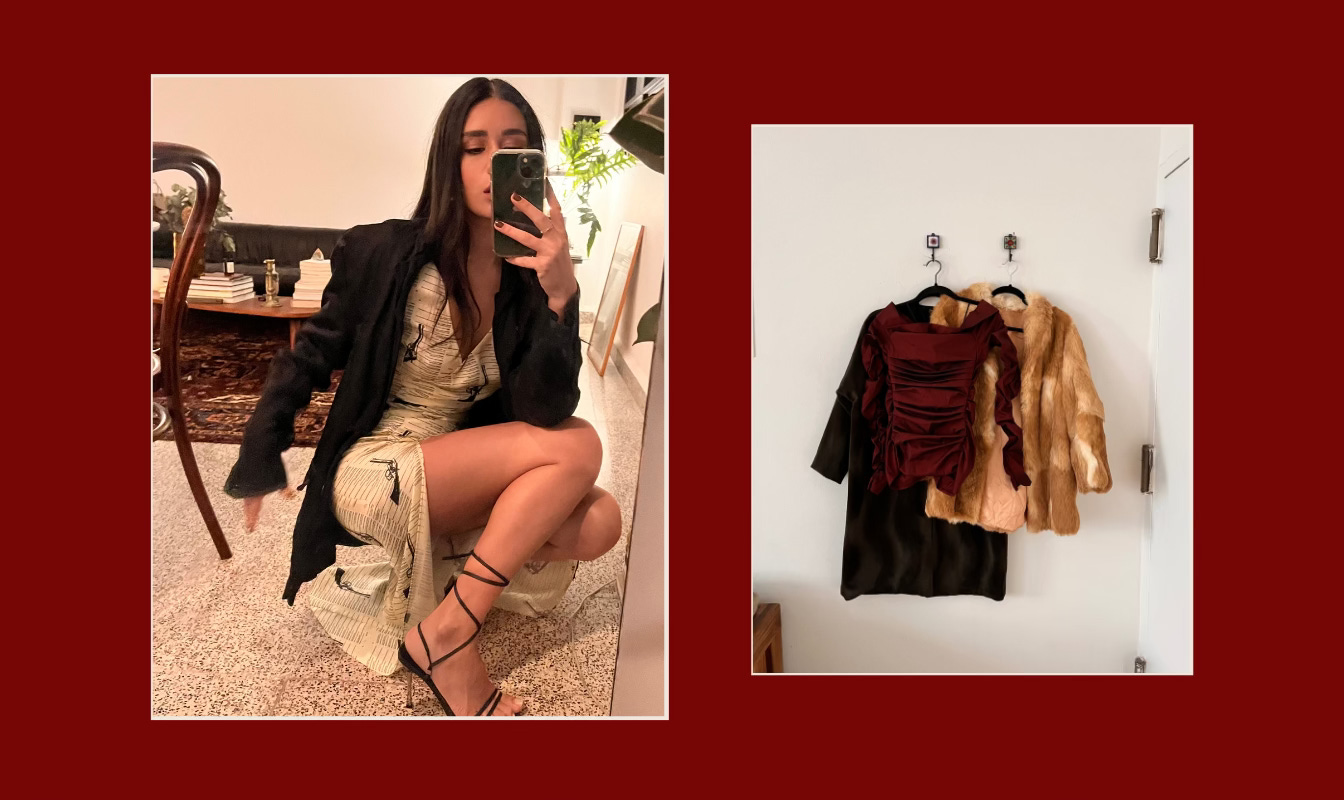
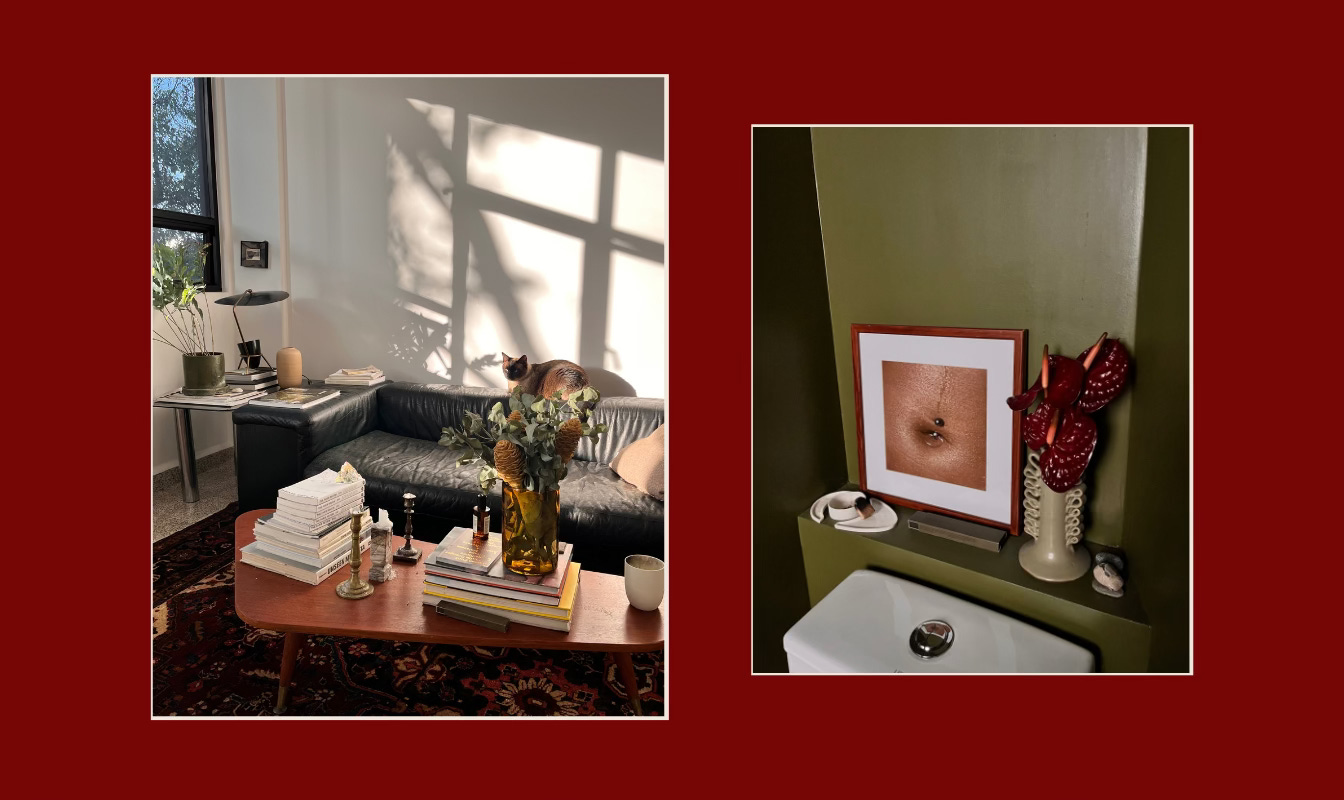
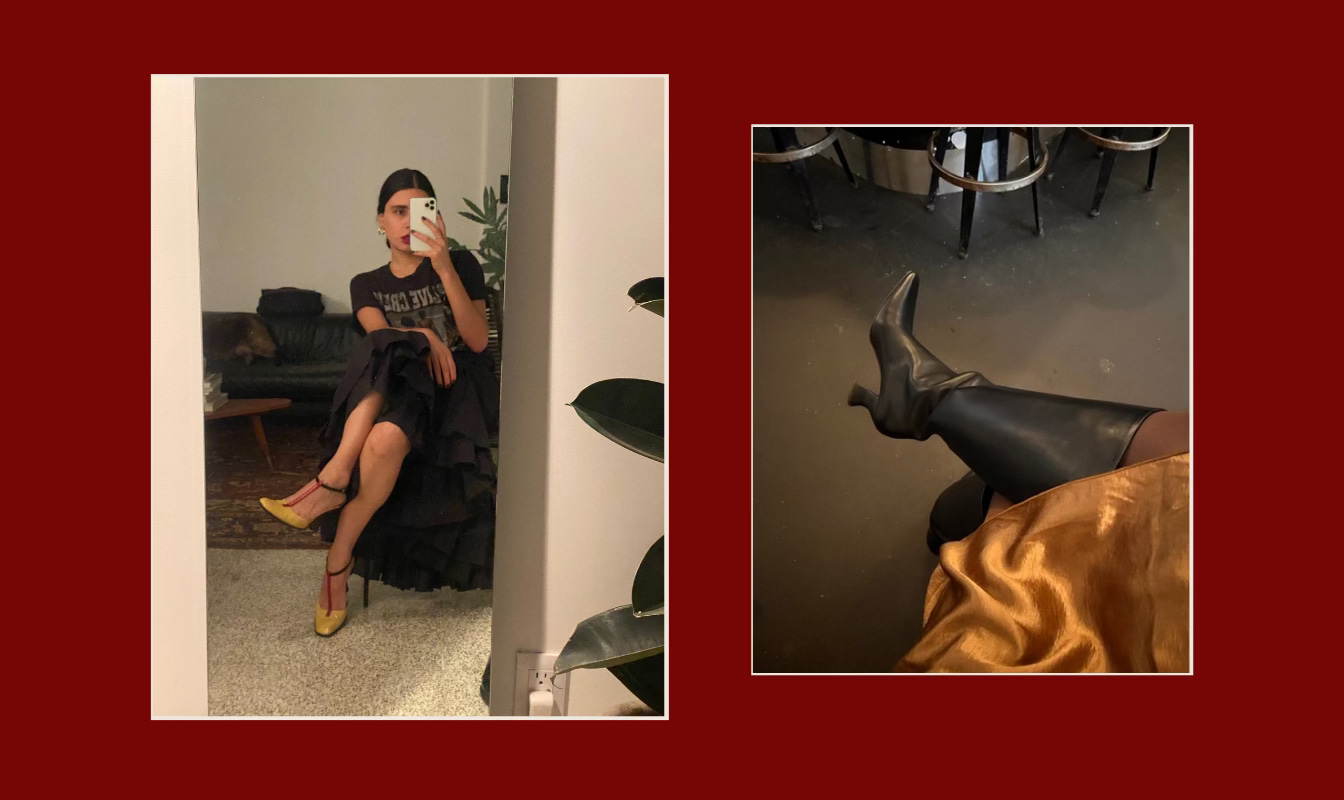
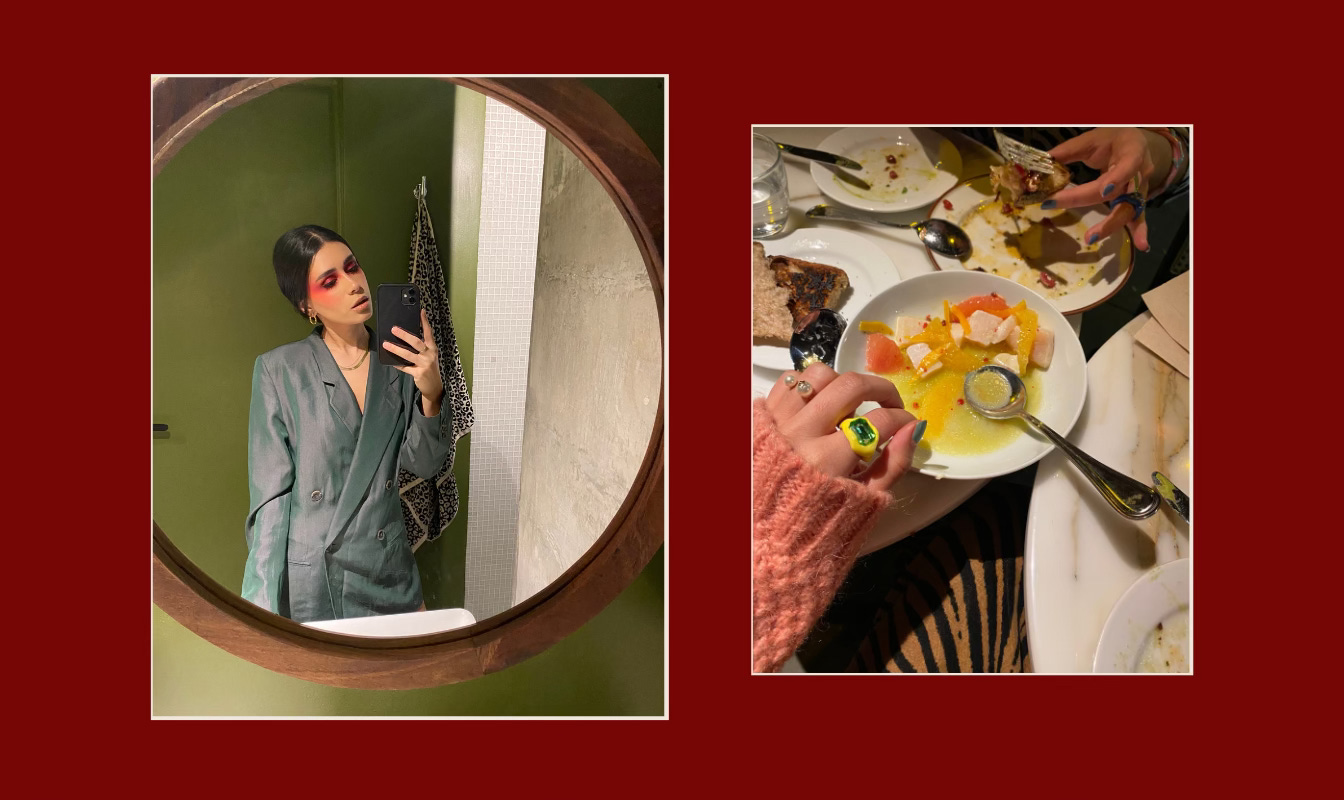

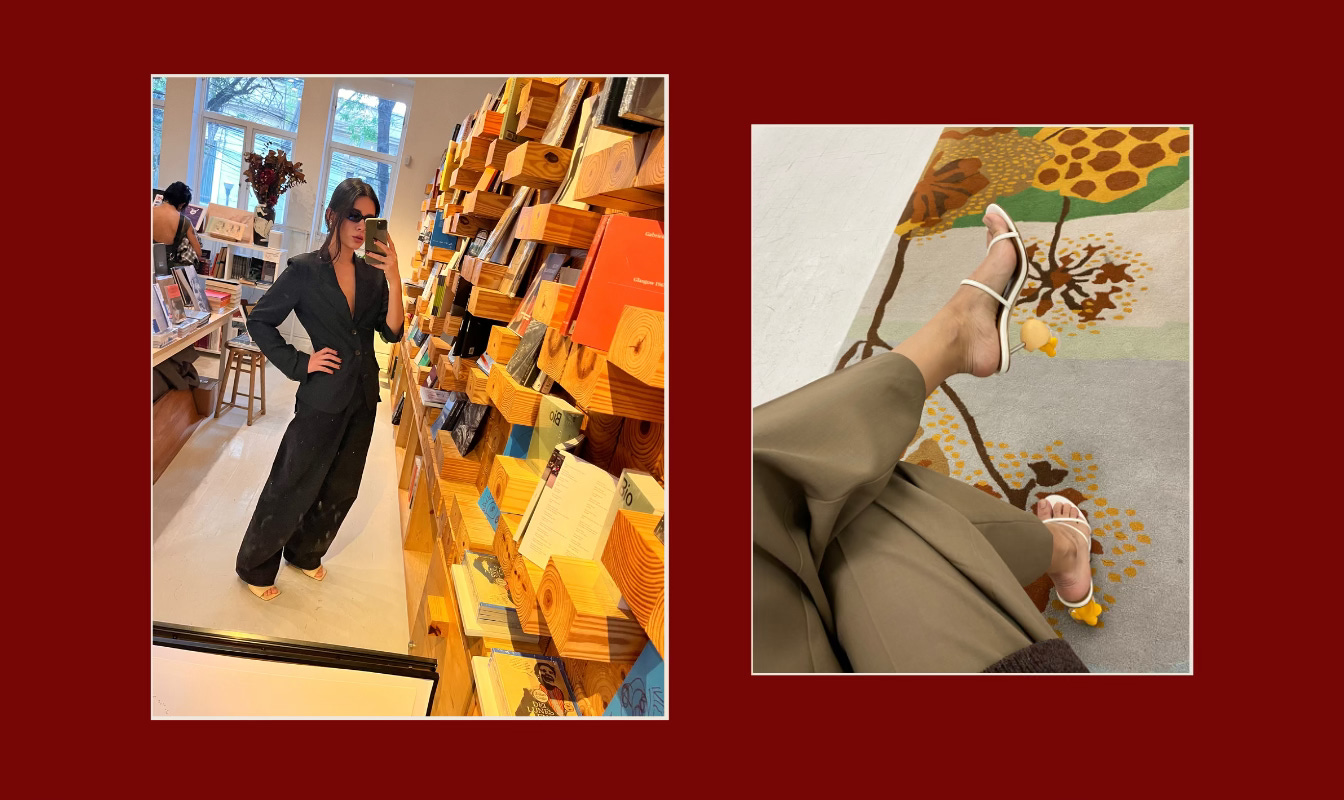
Love Ana's energy!! *It’s very meaningful to me, but also, whenever someone tells me they like it, I get to casually say “thank you, I got it after I wrote my first piece for The New Yorker,” which feels very chic.*
I’m with her on Giovanni’s Room, by James Baldwin!